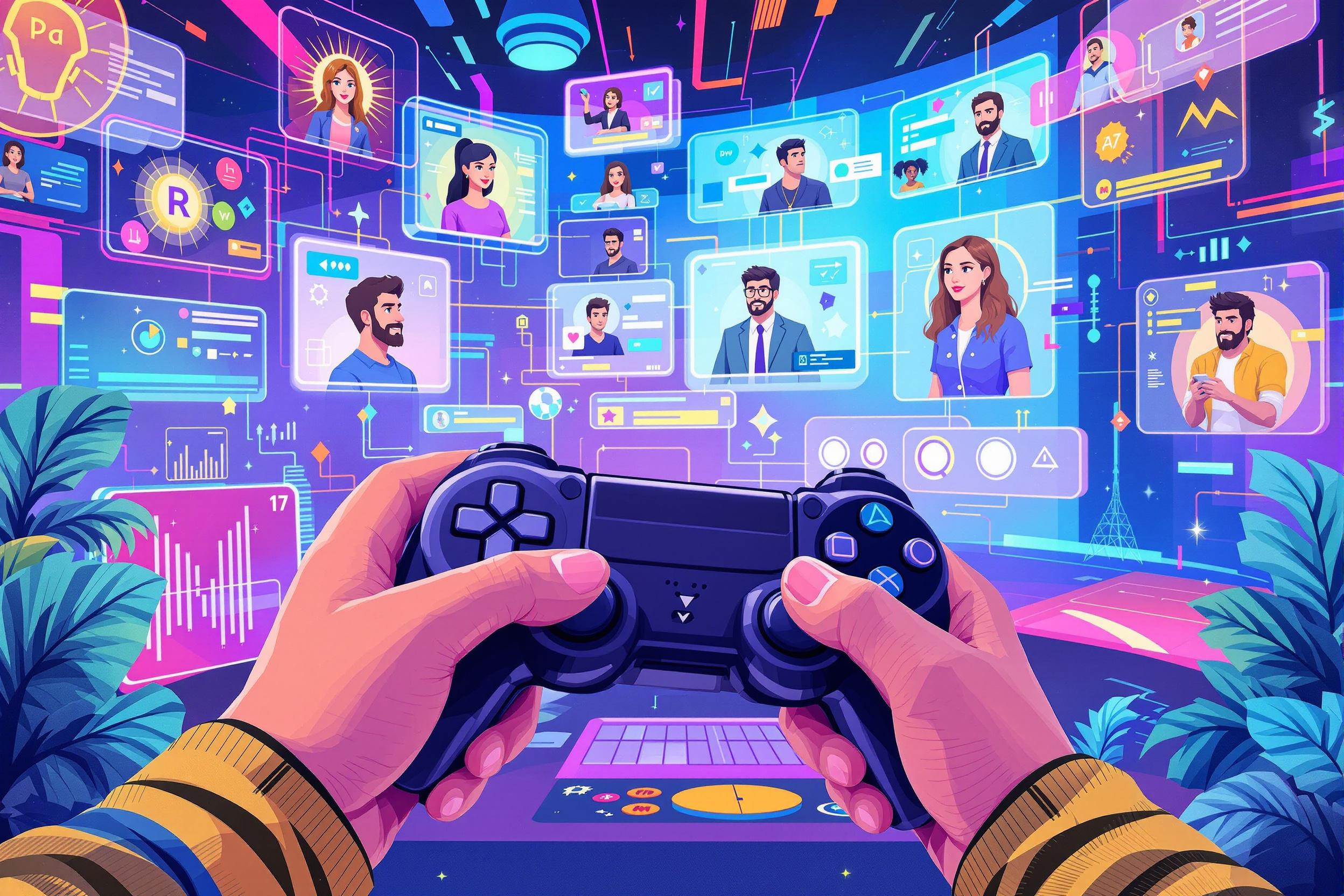
Raster Graphics
Raster Graphics refers to digital images made up of tiny squares called pixels, like a mosaic. This is the most common type of digital artwork used in book illustrations, where artists create detailed images using programs like Photoshop or Procreate. Unlike vector graphics (which use mathematical formulas), raster graphics allow for rich, photo-like details and soft color blending, making them perfect for children's books, editorial illustrations, and detailed artwork. When you see terms like 'digital painting' or 'digital illustration' in job descriptions, they're often referring to working with raster graphics.
Examples in Resumes
Created detailed children's book illustrations using Raster Graphics techniques
Developed editorial illustrations combining Raster Graphics and traditional media
Produced high-resolution Digital Paintings for publishing projects
Specialized in Pixel-Based Art for book covers and interior illustrations
Typical job title: "Digital Illustrators"
Also try searching for:
Where to Find Digital Illustrators
Online Communities
Professional Networks
Learning Resources
Example Interview Questions
Senior Level Questions
Q: How do you handle high-resolution requirements for print publishing?
Expected Answer: A senior artist should discuss working at appropriate DPI (dots per inch), color management for print vs digital, and file organization for different output needs.
Q: How do you manage complex illustration projects with multiple stakeholders?
Expected Answer: Should explain their process for handling client feedback, maintaining consistent style across a book series, and managing timelines with publishers and art directors.
Mid Level Questions
Q: What's your process for creating consistent character designs across multiple illustrations?
Expected Answer: Should describe their method for maintaining character consistency, including creating reference sheets and using layers to organize character elements.
Q: How do you adapt your illustration style to match a client's brand or requirements?
Expected Answer: Should explain their approach to analyzing existing brand styles, creating style guides, and adjusting their technique to match project needs.
Junior Level Questions
Q: What digital tools do you use for creating raster graphics?
Expected Answer: Should be able to discuss common software like Photoshop or Procreate, basic brush usage, and layer management.
Q: How do you organize your layers when working on a complex illustration?
Expected Answer: Should explain basic layer organization, naming conventions, and how they separate different elements of their artwork.
Experience Level Indicators
Junior (0-2 years)
- Basic digital painting techniques
- Understanding of common illustration software
- Simple character and environment design
- Basic color theory and composition
Mid (2-5 years)
- Advanced digital painting techniques
- Efficient workflow management
- Style adaptation and consistency
- Print preparation knowledge
Senior (5+ years)
- Expert-level digital illustration
- Project and team leadership
- Complex narrative illustration
- Advanced publishing industry knowledge
Red Flags to Watch For
- No understanding of resolution requirements for print
- Lack of basic color theory knowledge
- No portfolio or poor quality samples
- Unable to work with layers or basic digital tools
- No experience with common illustration software
Related Terms
Need more hiring wisdom? Check these out...

Beyond Spreadsheets: Why Executive Dashboards in ATS Systems Are Your Secret Hiring Weapon

The Cryptic Secrets of Data-Driven HR: Metrics that Actually Matter (and Some That Might Make You Laugh)

Workforce Solutions Aggregators: The Next Big Thing You Didn't Know You Needed

